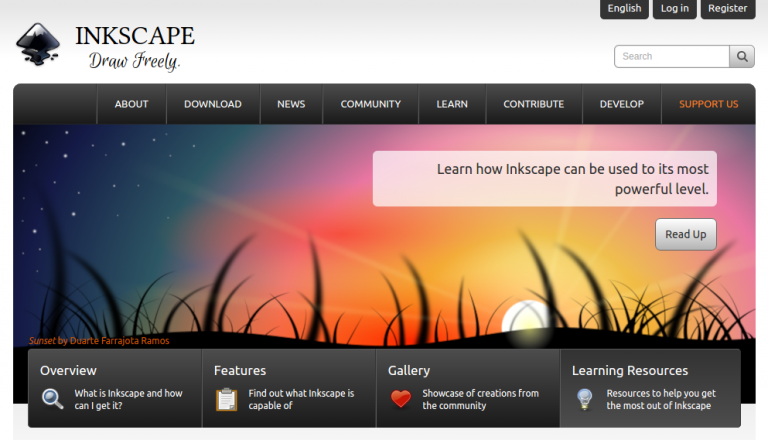How to Design with Monochromatic Color Schemes
Working with colors can seem intimidating at first, but understanding monochromatic schemes can simplify the design process. This approach is popular in web design, though it’s rarely discussed in depth.
What is a Monochromatic Color Scheme?
A monochromatic scheme uses a single base color with variations in shade (darkness), tint (lightness), and tone (saturation). For example, working exclusively with blues or pinks rather than multiple colors.
Practical Examples:
- Messenger (Facebook)
- Blue as primary color
- Blue variations for buttons and links
- Gray for text
- DigitalOcean
- Vibrant blue as foundation
- Different blue tones in graphics
- Fully blue buttons and links

How to Choose the Right Palette
- Select a color that represents your brand
- Decide whether to go fully monochromatic or use it in specific sections
- Use black/white to create contrast
Design Techniques
- SendGrid: Subtle use of blue
- WeDo: Balanced mix of blues and grays
- Lookback: Multiple blue tones in the header

Faux Monochromatic Approach
Sometimes a secondary color is added for emphasis:
- Simple: Blue dominance with beige patterns
Pro Tips:
- Use tools like Adobe Color CC
- Check contrast with specialized tools
- Start with base color then create variations
Monochromatic schemes create visual harmony and professional aesthetics! They’re ideal for minimalist, focused designs. The single-color approach ensures brand consistency while allowing creative flexibility through tonal variations. For best results, maintain at least 30% difference between your lightest and darkest values to ensure readability and visual interest.

